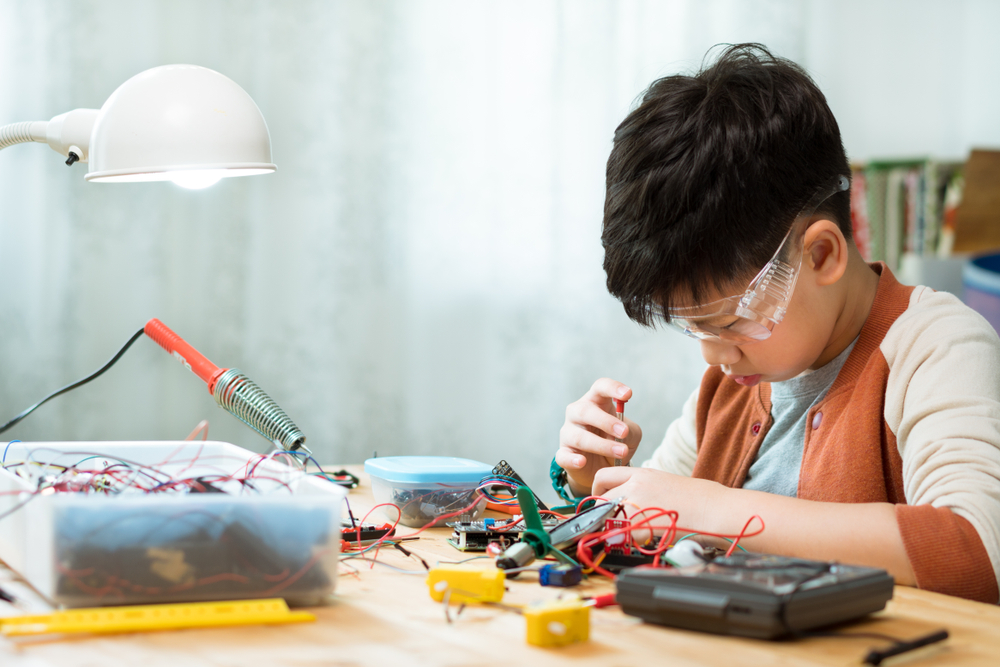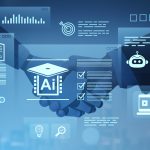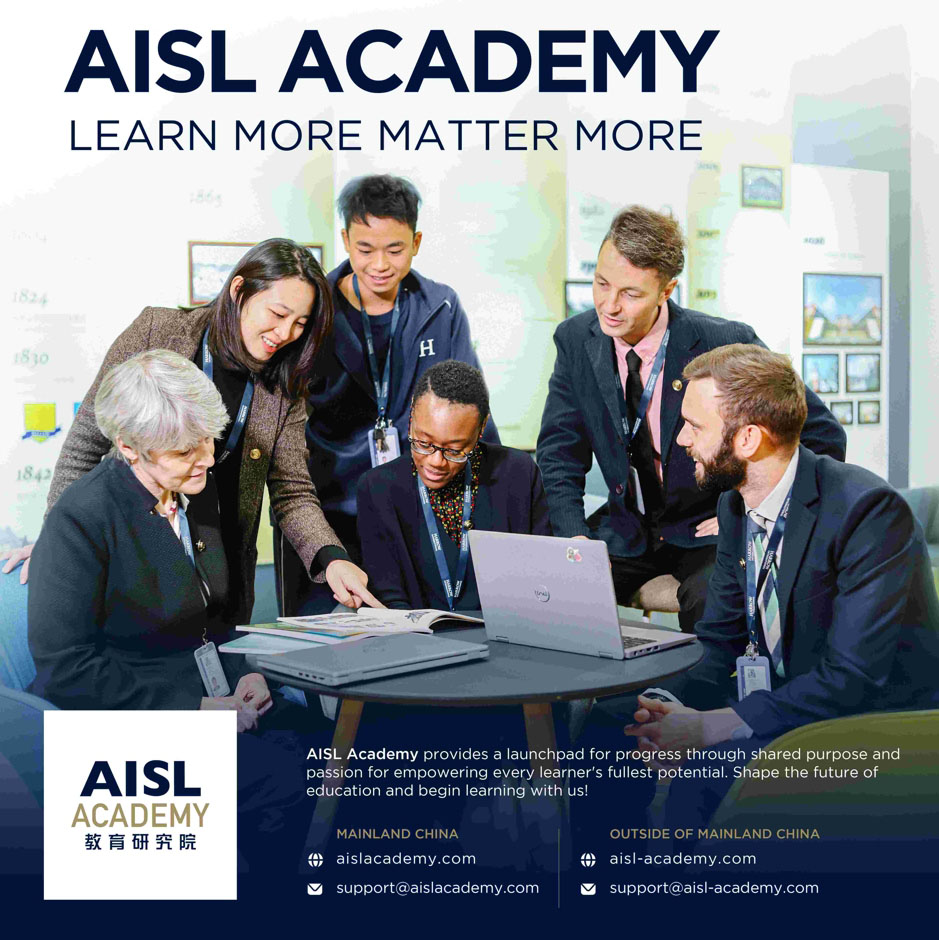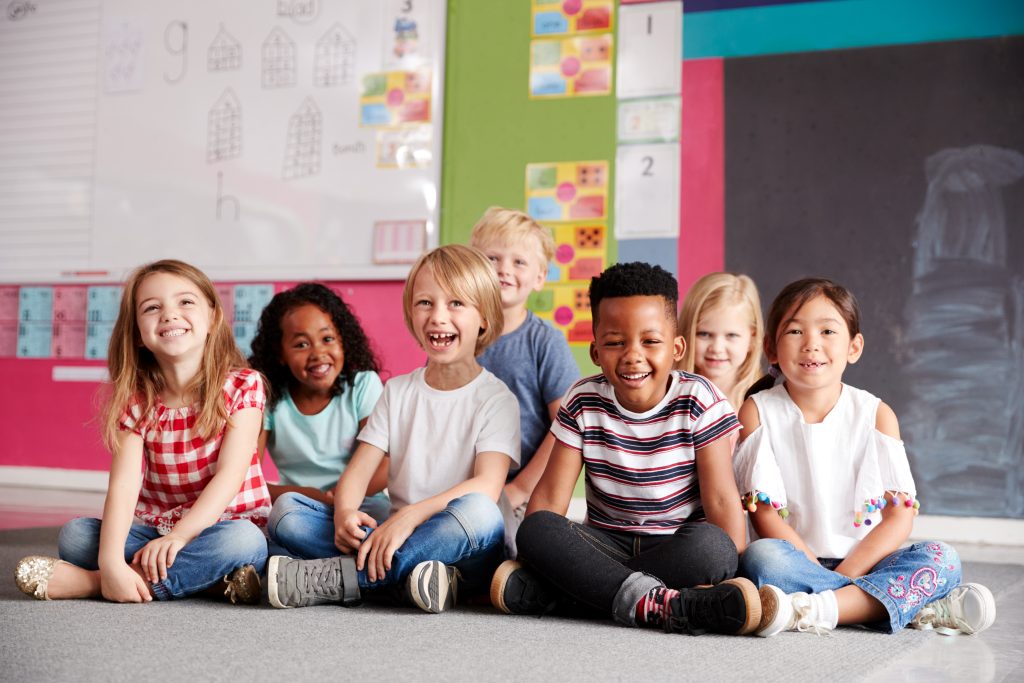In today’s rapidly evolving technological landscape, STEM education has become the cornerstone of innovation and a key driver of economic growth, equipping students with the skills necessary to thrive in the 21st-century workforce. As we look beyond 2024, the STEM education landscape is poised for transformative changes, influenced by technological advancements and shifting global priorities.
The next generation of STEM education is more than just keeping up with technological changes; it is also about predicting and adjusting to them. It’s about fostering a generation of tech-savvy critical thinkers and problem solvers.
Artificial Intelligence and Machine Learning
The introduction of Artificial Intelligence and Machine Learning within STEM education is transforming how students learn and engage with complicated concepts.
These technologies are not just tools for instruction; they are becoming integral components of the educational landscape, offering personalised learning experiences that adapt to each child’s unique needs and pace.
This personalised approach ensures that children receive the right level of challenge and support, enhancing their engagement and understanding of STEM subjects.
Looking ahead, AI is expected to play a pivotal role in curriculum development and assessment:
Dynamic Curriculum: AI can help design dynamic curriculums that adapt to real-time student data, ensuring that the content remains relevant and challenging.
Automated Assessment: AI-powered assessment tools can provide instant feedback, identify knowledge gaps and recommend targeted interventions.
Predictive Analytics: By analysing student performance data, AI can predict future learning outcomes and guide educators in making informed decisions about instructional strategies.
Voyager Education offers a stellar example of how AI and Python education are being integrated into the curriculum. With programs like Python 101 and AI 101, Voyager inspires students to explore AI’s future, preparing them for a world driven by technological innovation.
Emphasis on Computational Thinking and Coding
The increasing emphasis on computational thinking and coding in STEM education reflects a significant shift in how we prepare students for the digital age. Recognising the importance of these skills in a technology-driven world, educators are integrating coding and computational thinking into curricula from an early age.
Computational thinking involves problem-solving using computer science principles, such as abstraction, algorithmic thinking, and decomposition. Coding, on the other hand, provides a practical application for computational thinking. It teaches logic, sequence, and creativity, and it allows students to experiment and see the immediate results of their work.
As technology continues to advance, the demand for skilled workers in coding, software development, and data analysis is expected to grow. Early exposure to these skills prepares students for a wide array of career opportunities in tech and beyond.
Students looking to dive deeper into these areas can benefit from Cobo Academy‘s offerings, which provide an enriching experience through hands-on learning in coding, robotics, and AI. Their partnership with Microsoft in Education ensures students have access to cutting-edge tools and resources, enhancing their real-world problem-solving abilities.
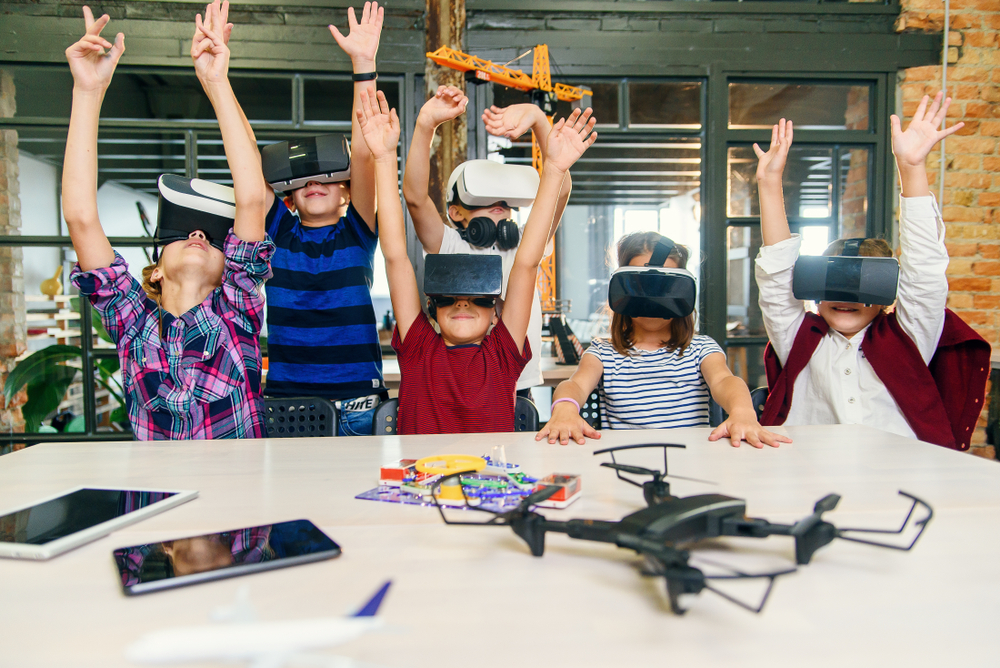
Increased Focus on Interdisciplinary Learning
Interdisciplinary learning is gaining momentum in STEM education, recognising that the integration of diverse fields can lead to a more holistic and innovative approach to learning.
This trend is exemplified in the STEAM movement, which incorporates the arts, humanities and social sciences into STEM. It aims to foster creativity and innovation by encouraging children to think outside the box and make connections between seemingly unrelated fields.
Children can explore new ways of problem-solving and expressing their ideas by integrating art and design principles. Humanities and social sciences bring in critical thinking, ethical considerations and a broader understanding of the impact of technology on society.
For students who thrive in a creative and flexible learning environment, NovaLearn provides an engaging, gamified platform that celebrates individuality. Their STEAM-based after-school programmes and workshops offer exciting new ways for students to apply their creativity while developing technical skills.
Real-World Applications
In fields like product design and architecture, combining engineering principles with artistic creativity leads to innovative and user-friendly designs.
Integrating biology with social sciences helps students understand the complex interactions between ecosystems and human societies, leading to sustainable solutions. The blend of life sciences with humanities provides a more holistic approach to healthcare, considering not just the physical but also the psychological and social aspects of patient care.
Expansion of Virtual and Augmented Reality
The use of Virtual Reality (VR) and Augmented Reality (AR) in education is transforming traditional teaching methods by providing immersive and interactive learning experiences. In STEM education, these tools provide novel ways to investigate complicated concepts in a more engaging and readily available manner.
VR and AR enable children to immerse themselves in simulated spaces and engage with 3D models, simulations and virtual labs. This hands-on approach makes abstract concepts more tangible and understandable. For example, children can virtually explore the human body, manipulate molecular structures or conduct experiments in a safe and controlled virtual setting.
DTSL Group plays a pivotal role in supporting this transformation, offering cutting-edge tools like 3D printing and laser cutting. They provide schools with the technological resources necessary to integrate VR, AR, and other STEM tools into their curriculum, ensuring students have hands-on learning experiences with the latest innovations.
Future Prospects of VR/AR in Remote and Hybrid Learning Environments:
As VR and AR technologies become more affordable and accessible, they can be integrated into remote learning environments, providing students with immersive learning experiences from their homes.
VR and AR can facilitate collaborative learning, allowing students to work together in virtual spaces, regardless of their physical location. These technologies can be adapted to various learning styles and needs, offering personalised and inclusive learning experiences.
Embracing Project-Based and Experiential Learning
The shift towards project-based and experiential learning in STEM education marks a departure from traditional lecture-based teaching methods, focusing instead on hands-on, real-world applications of knowledge.
This approach emphasises active learning, where children engage directly with the curriculum material through projects and experiences that mirror real-world challenges. In project-based learning, students are given complex problems or projects to work on over extended periods, often in teams.
This strategy enables students to use their knowledge, think critically and work together to discover answers. Experiential learning also fosters adaptability and creativity as students learn to navigate challenges and uncertainties in their projects. The sense of accomplishment and autonomy from successfully completing a project boosts a child’s motivation and confidence in their abilities.
With Voyager Education and Cobo Academy, students are given hands-on opportunities to tackle real-world challenges. From robotics to AI coding camps, these offerings are designed to enhance critical thinking and problem-solving through engaging, project-based experiences.
As we look beyond 2024, the trends in STEM education reflect a dynamic and evolving landscape that is adapting to the demands of a rapidly changing world. Educators and institutions can embrace these trends to provide students with a more engaging, relevant and comprehensive learning experience.
